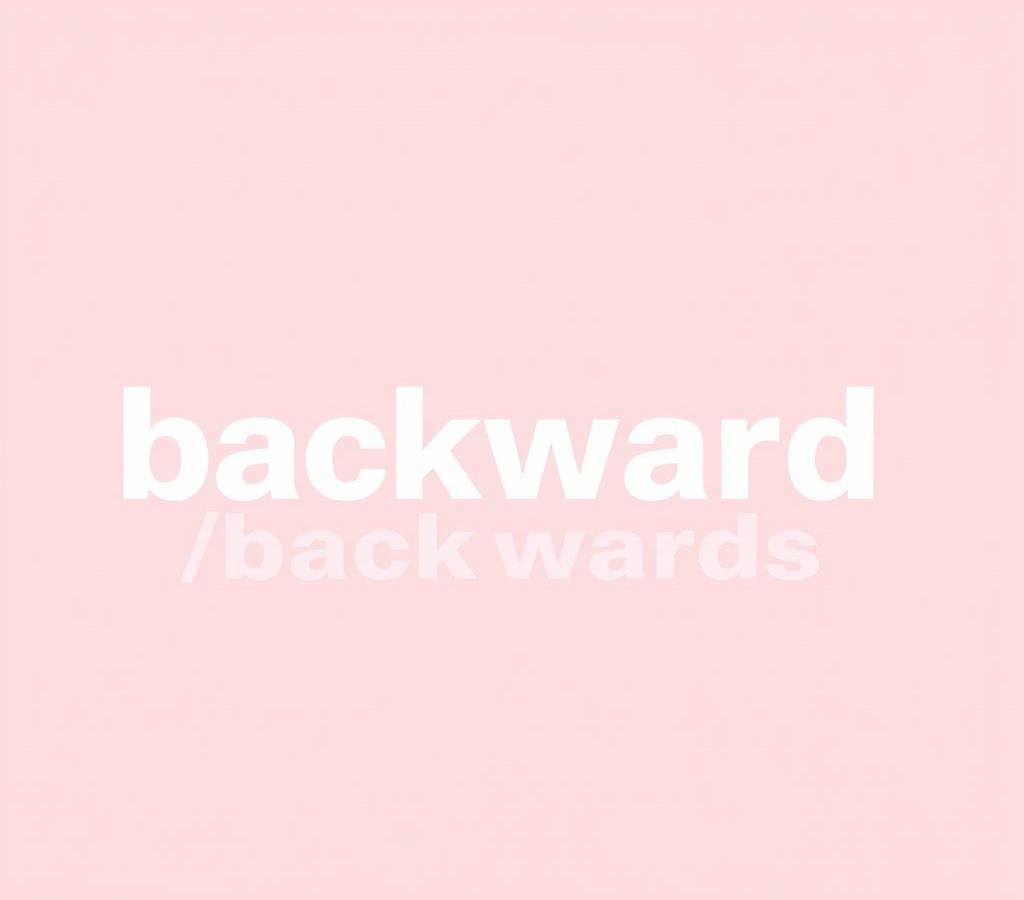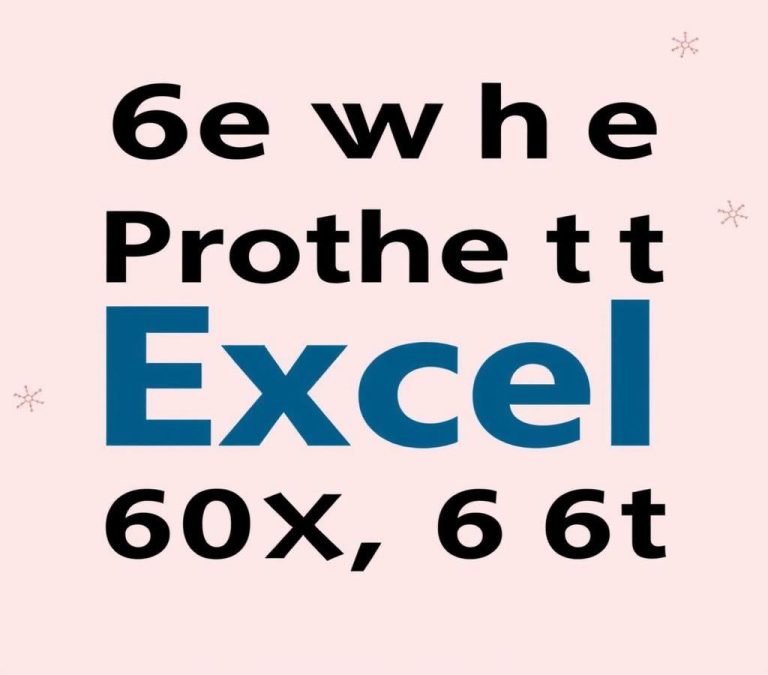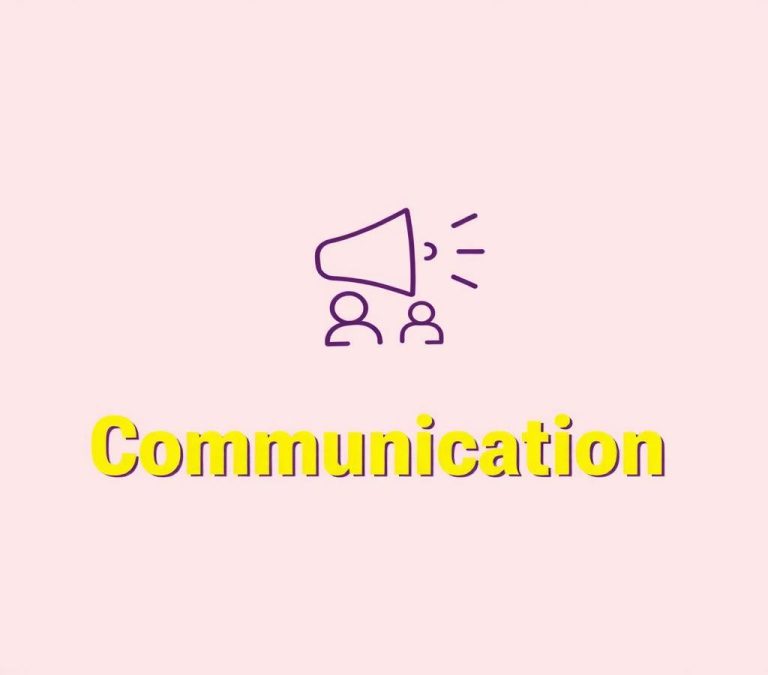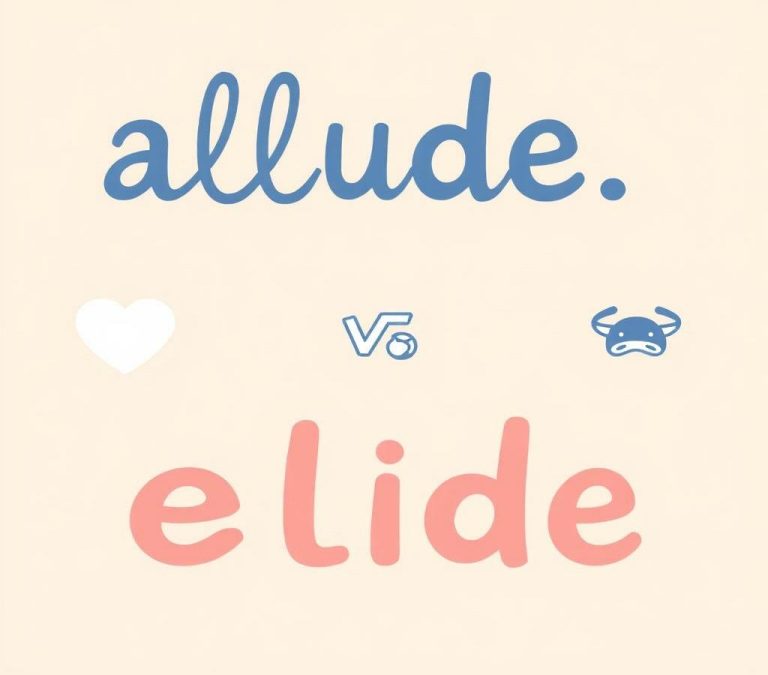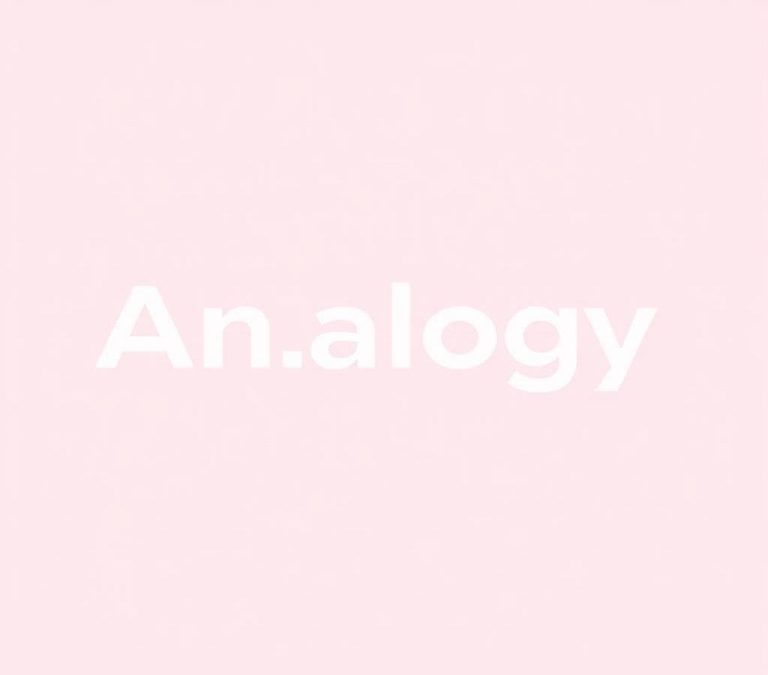Backward or Backwards: Grammar Usage & Correct Form
Choosing between “backward” and “backwards” can be confusing for many people. Both words look and sound similar, but they have slightly different usages depending on the context and region. This article will help you understand when to use “backward” and when to use “backwards”. With clear examples and explanations, you can improve your writing and speaking skills.
Quick Answer
Backward is an adjective, meaning moving or facing backwards (e.g., “a backward glance”). Backwards is an adverb, meaning in a reverse direction (e.g., “he walked backwards”). In American English, backward can be used as an adverb, but in British English, backwards is preferred.
Why There is Confusion
The English language can often be confusing, especially when it comes to words that look and sound similar but have different meanings or usages. Among these words are “backward” and “backwards.” Both words are often used to describe something moving or looking toward the rear, but there’s more to them than meets the eye. It’s common to see people use these terms interchangeably, which adds to the confusion. To help clarify things, we’ll dive deep into the meanings, differences, usage, and more.
What Does “Backward” Mean?
“Backward” is primarily used as an adjective or adverb. When used as an adjective, “backward” describes something that is situated in or directed toward the back.
Examples:
- The backward movement of the car caused a crash.
- She gave him a backward glance.
As an adverb, “backward” denotes a movement toward the back or in the opposite direction.
Examples:
- The player took a step backward.
- He fell backward into the pool.
In American English, “backward” is the preferred form when used as an adverb.
What Does “Backwards” Mean?
“Backwards,” unlike “backward,” is chiefly used as an adverb. It represents a motion toward the rear or in the wrong direction.
Examples:
- She walked backwards to avoid stepping on the flowers.
- He counted backwards from ten.
“Backwards” is more commonly used in British English and conveys the same meaning as “backward” when used adverbially. However, it is important to note that in American English, “backward” is more commonly used and accepted.
Differences Between “Backward” and “Backwards”
Differences in Parts of Speech
One key difference between “backward” and “backwards” lies in their parts of speech. “Backward” can serve as both an adjective and an adverb. On the other hand, “backwards” is typically only used as an adverb.
- Backward (Adjective): John felt a backward pull when the train started moving.
- Backward (Adverb): The boy tumbled backward down the hill.
- Backwards (Adverb): The magician performed his trick backwards.
Differences in Usage and Context
Usage and context differ significantly between the two terms, especially when taking into account American and British English.
- American English: In American English, it is more conventional to use “backward” regardless of whether the word is an adverb or an adjective. The usage of “backwards” is less common.
- Example: The child took a step backward. (Preferred over “The child took a step backwards.”)
- British English: In British English, “backwards” is often preferred as an adverb, while “backward” remains the choice for an adjective.
- Example: He walked backwards away from the edge. (Preferred over “He walked backward away from the edge.”)
- Example: He gave her a backward glance. (Same as in American English)
Synonyms for “Backward” and “Backwards”
Finding synonyms for both “backward” and “backwards” can further clarify their use.
Synonyms for “Backward”
For the adjective form, alternative words can convey similar meanings based on context.
- Rearward
- Retrograde
- Reverse
For the adverb form, you might consider:
- Rearward
- Inverse
- In reverse
Synonyms for “Backwards”
As an adverb primarily used in movement or direction, “backwards” has several synonyms.
- Reverse
- Behind
- In retrograde
- Recedingly
Examples of Usage for “Backward” and “Backwards”
Understanding how to use “backward” and “backwards” can be much easier with examples. Below are different scenarios that show the correct usage of both words.
Backward as an Adjective:
- The backward region of the state received new infrastructure.
- She took a backward step to avoid the puddle.
Backward as an Adverb (American English):
- The man moved backward to open the heavy door.
- The gymnast fell backward during the flip.
Backwards as an Adverb (British English):
- The knight rode backwards, mimicking a retreat.
- The video played backwards for the funny effect.
Conclusion: Which One to Use?
Choosing between “backward” and “backwards” boils down to understanding their parts of speech, their usage in American and British English, and the context in which they are used.
For American English, “backward” tends to be the more accepted form, both as an adjective and an adverb. This simplifies its usage to some extent, making it a go-to choice in most situations.
In British English, however, the distinction remains clearer: “backwards” is mainly used as an adverb, while “backward” is retained as an adjective. This means you would use “he moved backwards” and “a backward glance” without crossing the terms.
Ultimately, understanding these differences can help you become more precise in your language. Despite the confusion, knowing the proper usage of “backward” and “backwards” elevates your language skills and ensures clearer communication.

